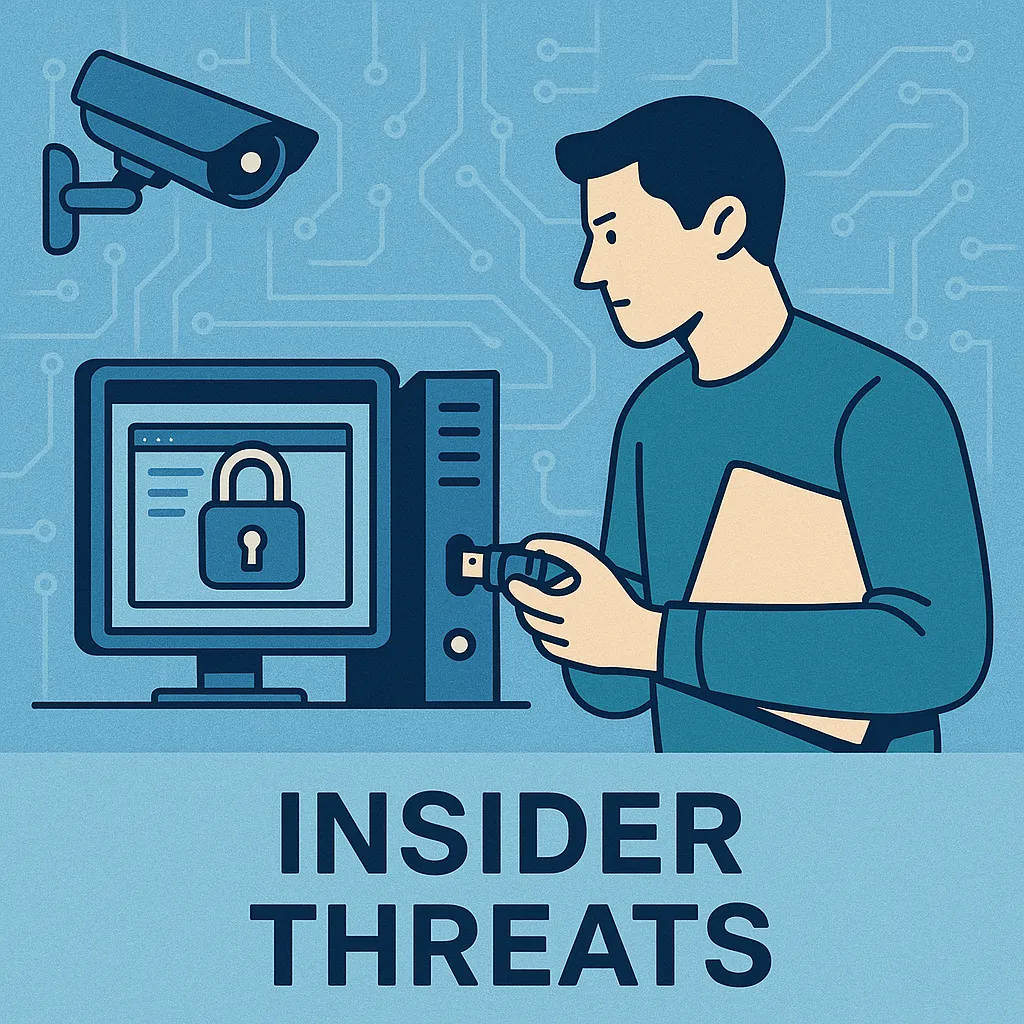Understanding and Mitigating Insider Threats in Cybersecurity
Insider threats represent a critical and complex challenge in the realm of cybersecurity. An insider threat arises when individuals within an organization misuse their access to harm the organization. This could involve stealing sensitive information, sabotaging systems, or facilitating external attacks. This blog explores the nature of insider threats, the role of emerging technologies such as generative AI in expanding these threats, and strategies for mitigating them.
What is an Insider Threat?
At its core, an insider threat involves individuals within an organization who have legitimate access to its systems and data, and who intentionally or unintentionally use that access in ways that can harm the organization (WorkLife News). Examples range from an employee accidentally sharing sensitive data to a disgruntled staff member orchestrating a targeted attack from within.
The Rise of Generative AI and Its Impact
As noted in a recent article (Apple News), the integration of generative AI (GenAI) technologies in business operations is expanding the scope of insider threats. GenAI can produce highly realistic data simulations or impersonations, providing new tools for insiders to exploit. The increased complexity of monitoring these AI-generated actions makes it even more challenging to identify and mitigate threats early.
Technological Solutions: AI in Action
Technological strategies are essential in battling insider threats. For instance, NVIDIA has developed AI tools that help in detecting unusual employee behaviors that could indicate insider threats (Enterprise AI News). These AI systems analyze patterns of behavior and can flag anomalies that might go unnoticed by human observers.
Best Practices for Preventing Insider Threats
Preventing insider threats involves a combination of policy, training, and technology. Companies should enforce strict access controls and regular audits of user activities. It’s also vital to conduct thorough background checks and continuous education on cybersecurity practices for all employees.
Conclusion: Proactive Mitigation of Insider Threats
As the landscape of technology and insider threats evolves, so too must our strategies for dealing with them. Incorporating AI-driven security solutions, implementing rigorous access controls, and maintaining an organizational culture aware of cybersecurity risks are crucial steps in mitigating these threats.
Ultimately, while technology provides tools for both protecting and threatening corporate security, the human element cannot be overlooked. Ongoing education, awareness, and proactive security practices remain your best defense against the perilous implications of insider threats.

